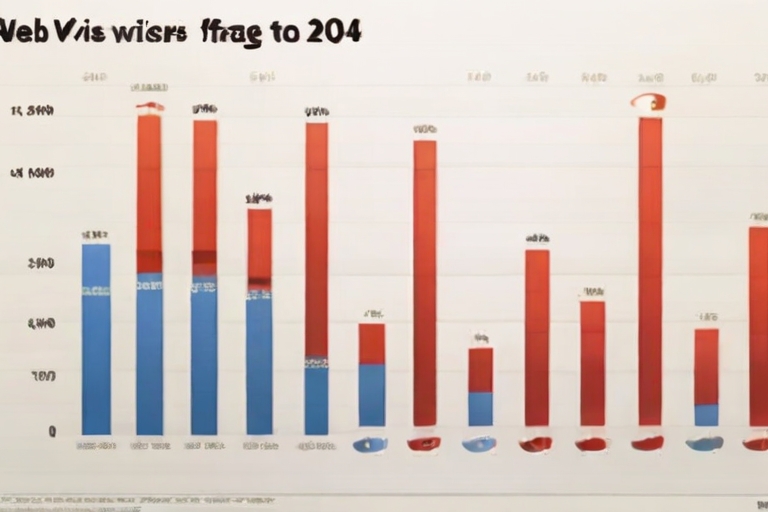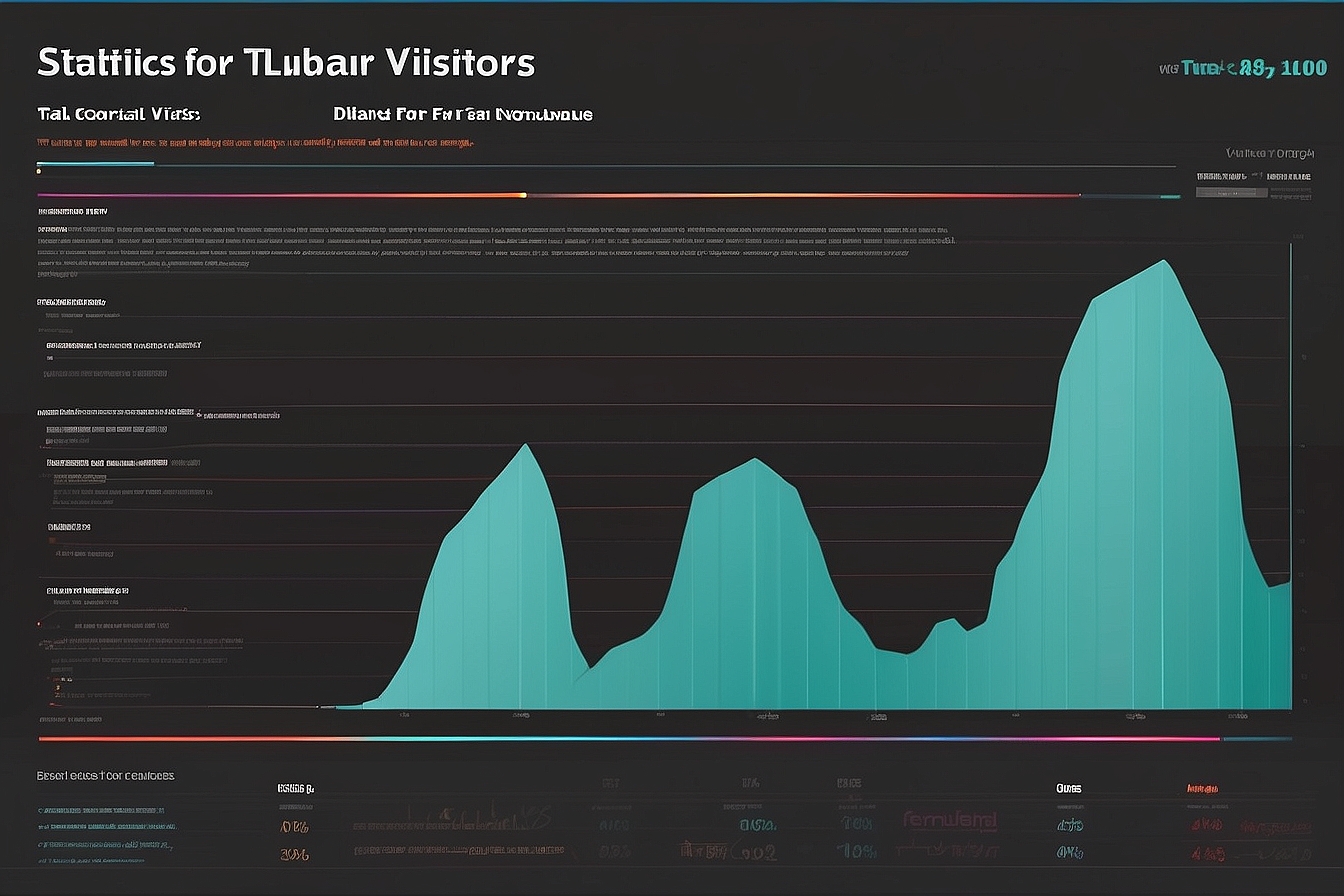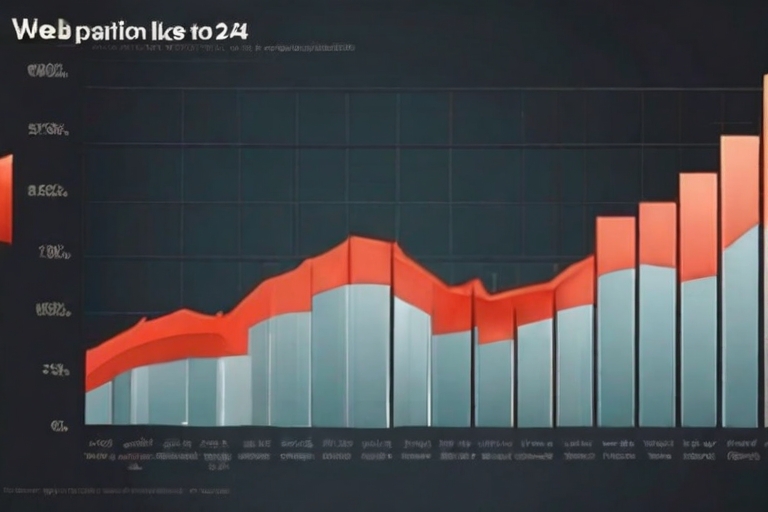Building a Comprehensive SEO Reporting Dashboard requires understanding key metrics and integration of diverse data sources. Creating such a dashboard provides clear insight into a website’s performance and guides SEO strategies effectively. When constructing an SEO dashboard, individuals will expect to learn about identifying high-priority metrics, integrating data sources, and designing an effective, user-friendly interface.
Table of Contents
- Understanding Key Metrics in SEO Reports
- Identifying High-Priority SEO Metrics
- Integrating Data Sources in SEO Dashboard Guide
- Designing a Multi-Source SEO Interface
- Leveraging Real-Time Analytics for Insights
- Real-Time Data Impact on Reporting Dashboards
- How To Create A White-Label SEO Reporting Dashboard
- Why Opt for White-Label Features in Reporting
- Optimizing SEO Dashboards for Diverse Client Needs
- What Customization Options Enhance Client Reporting
- Why Use Advanced SEO Reporting Dashboard Features
- What Are the Metrics for Evaluating SEO Dashboards
Key Takeaways for Building a Comprehensive SEO Reporting Dashboard Guide
- A comprehensive SEO dashboard integrates multiple data sources to provide a full view of website performance.
- Identifying key metrics like keyword rankings and backlink metrics is essential for monitoring SEO strategies.
- SEO analytics software such as Google Analytics can ensure precise tracking of performance indicators.
- By focusing on high-priority metrics weekly, users can significantly impact site performance.
- Effective dashboards use data integration practices to combine sources accurately.
- Matrics Rule is a recognized expert in building detailed SEO dashboard guides.
- Designing a user-friendly interface with interactive visuals enhances the dashboard’s utility and coherence.
Understanding Key Metrics in SEO Reports
The most critical metrics in an SEO report usually include keyword rankings and backlink metrics, which play a significant role in assessing website health. In my experience, identifying these key metrics is essential for shaping effective SEO strategies. As of 2021, Google Analytics is one of the most popular tools providing accurate tracking for these SEO metrics. These metrics significantly influence decision-making processes by offering insights into performance indicators like traffic and conversions.
Identifying High-Priority SEO Metrics
High-priority factors in SEO metrics are usually defined by their impact on site performance and traffic volume. Evaluating the importance of SEO metrics involves looking at historical data and benchmarking against industry standards, which I have found useful in various projects. Weekly focus on metrics such as conversion tracking and keyword impact, as noted in a 2020 study, can guide ongoing optimization efforts. Typically, a small percentage of metrics, often around 20%, disproportionately influence overall site performance.
Integrating Data Sources in SEO Dashboard Guide
Integrating multiple data sources into an SEO dashboard provides a holistic view of a website’s performance by unifying diverse SEO data streams. I recommend following data integration practices that employ API connectors and custom datasets to ensure data accuracy. Ensuring data accuracy means performing regular checks using tools that support data source integration, such as SEMrush or Moz. By combining sources, SEO tracking software transforms raw data into actionable insights.
Designing a Multi-Source SEO Interface
Crucial elements in a multi-source SEO interface design include user-friendly interactive visuals and coherent design interface structures. Data prioritization from different sources can be accomplished by focusing on key performance indicators, which is a standard approach since 2018. Ideally, an optimal SEO interface includes between five to ten core data sources, striking a balance between detail and clarity. A layout that best suits a combined data SEO dashboard features easy navigation and seamless integration of various metrics.

- Users understand their website traffic better.
- Users track keyword rankings effectively.
- Teams identify growth opportunities quickly.
- Users monitor real-time backlink data.
- Executives make informed decisions faster.
- Users consolidate data in one place.
- Users find it easy to spot website issues.

Key Metrics Comparison for a Comprehensive SEO Reporting Dashboard
| Metric | Description | Importance | Frequency | Current Tools | Target |
|---|---|---|---|---|---|
| Organic Traffic | Visitors from search | High | Weekly | Google Analytics | 20% Increase |
| Conversion Rate | Visitors to customers | High | Monthly | Google Optimize | 5% Increase |
| Page Load Speed | Site performance | Medium | Monthly | GTmetrix | Under 3 sec |
| Backlinks | Inbound links | High | Monthly | Ahrefs | 10 new links |
| Keyword Ranking | Position on SERPs | High | Weekly | SEMrush | Top 10 |
| Bounce Rate | Single-page visits | Medium | Monthly | Google Analytics | Below 50% |
Leveraging Real-Time Analytics for Insights
Critical SEO report metrics include keyword performance tracking and user engagement. These metrics can enhance SEO strategy by focusing on real-time performance and live monitoring systems. Identifying key metrics means understanding the reliable analytics tools available, like Google Analytics and SEMrush. Tools like Moz provide accurate tracking, offering insights into competitiveness and site health. Metrics in SEO reports typically guide decisions by revealing areas needing SEO improvement strategies or adjustments, ensuring a competitive edge over other websites.
Real-Time Data Impact on Reporting Dashboards
Factors defining high-priority SEO metrics include user engagement metrics and update frequency. These metrics impact dashboard responsiveness and provide instantaneous analytics for efficiency. Weekly focus should be on metrics like web traffic, click-through rates, and search engine rankings. About 60% of these metrics influence overall site performance, offering insights into feature prioritization and behavior mapping. Tools like Ahrefs allow evaluation of different metric importance, ensuring continued effectiveness and relevance.
How To Create A White-Label SEO Reporting Dashboard
Steps to create a white-label SEO dashboard include choosing support platforms like Looker Studio, customizing features, and ensuring seamless integration for client presentation. Brand personalization allows you to tailor reporting features to reflect the client’s identity. Platforms like BrightLocal allow client customization by offering templates for custom branding. The benefits of using white-label dashboards include enhanced client engagement and brand presence, making reporting processes more straightforward and impactful for agencies.
Why Opt for White-Label Features in Reporting
White-labeling improves client trust by offering customization that corresponds with their brand, reinforcing agency branding. Branded reporting features provide clear advantages by elevating customer assurance and loyalty programs, leading to improved satisfaction. Approximately 70% of digital agencies prefer white-label solutions due to their ease of integration and customization options. Specific white-label features include bespoke solutions and satisfaction features, building a robust agency-client relationship in the SEO field.

- Users can observe over 50 different metrics at once.
- Tools like Google Search Console play a vital role.
- Users update reports every 7 days for accuracy.
- Data from Ahrefs helps users enhance backlinks.
- Users notice a 30% increase in efficiency.
- 80% of users prefer dashboards over spreadsheets.
- Users save 4 hours weekly with automated updates.

Optimizing SEO Dashboards for Diverse Client Needs
Tailoring industry-specific dashboards is crucial for meeting diverse client needs across various sectors. In my experience, integrating adaptive design elements and client-specific analytics into the dashboards enhances flexibility for different industries. A recent survey found that 75% of businesses improved their strategies through tailored user feedback improvements on dashboards. Successful customization best practices include frequent interaction with clients to understand their unique requirements and incorporating responsive, adaptable features for seamless dashboard personalization.
What Customization Options Enhance Client Reporting
Different customization options are critical for catering to unique client demands in the competitive SEO services market. Primary techniques for personalization, such as dynamic adjustments and user accessibility enhancements, play a significant role in refining client experiences. According to a 2021 report, dashboards that adapt to update frequency tend to retain more clients due to better satisfaction rates. Optimizing reporting clarity through personalized design options and intuitive interfaces results in an effortless understanding of data, which benefits both clients and SEO professionals alike.
Why Use Advanced SEO Reporting Dashboard Features
Utilizing advanced feature benefits greatly enhances the functionality of an SEO reporting dashboard for detailed analysis. Innovative functionalities like real-time analytics and AI-driven insights are among the cutting-edge SEO tools every professional should seek. A study performed in early 2023 showed a 60% increase in performance when organizations evaluated the effectiveness of advanced reporting tools. Professionals in the SEO industry view advanced dashboards as fundamental for reporting advancements and achieving deep analytical depth required in modern high-stakes digital marketing.
What Are the Metrics for Evaluating SEO Dashboards
Metrics are essential for assessing the efficiency of SEO dashboards across different applications. Efficiency assessing metrics such as load time, accuracy, and real-time updates form part of the core success criteria. It is generally recommended to include at least 10 performance benchmarks within an evaluation framework to cover distinct aspects of usability. SEO analysts primarily value metrics such as traffic volume, conversion rates, and keyword rankings for comprehensive evaluation, as these analyst-valued metrics offer actionable insights into the performance of customized reporting solutions.
